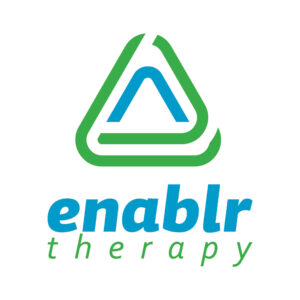
Impact of Reading
As a parent, you’ve probably heard a million times over how important reading to your child is. And to no surprise, this is one of the most recommended activities by Speech and Language Pathologists to help promote language development in children. The research itself speaks volumes on how impactful just reading one book a day can be for a child. It has been found that young children whose parents read to them daily have been exposed to at least 290,000 more words by the time they enter kindergarten than those who aren’t. [1]

Reading and speech therapy
In the speech therapy realm, reading isn’t seen as solely reading the words on a page to the child. The goal is to make books become interactive, to create language-infused engagement. All while allowing the child to not only hear a story, but also give them an opportunity to let their imagination make it their own. By spending 10 minutes a day reading with your child, you can make significant gains in:
- Their exposure and understanding of new vocabulary
- Use of correct grammatical structures
- Their ability to answer questions, make predictions, and infer.
So the next time you sit down to read with your child, try adding in our Enablr tips! These tips will incorporate language-rich reading strategies and you can watch the magic of reading come alive.
Make A Prediction.
Before reading the story, ask your child what they think the story may be about based on the title and pictures on the cover. Let them describe what they see and share your predictions, with rationale to why you are making that prediction. No guesses are wrong guesses but reinforce your child’s responses when they are on the right track.
Ask Questions And Make Statements About The Pictures.
As you are reading, ask questions or make comments about what is happening in the illustrations. Whether it is related to the story or not, there is an opportunity to build language through counting, describing, commenting and asking questions about the visuals presented on a page.
Create The Story With The Illustrations Only.
Rather than just reading the words, take turns making up the story with your child based on the illustration. You can use informal language-building techniques such as self-talk (narrate what you are doing), parallel talk (narrate what the child is doing), and expansion (repeat what your child says and add a word or two).
Point Out The Words.
Pointing helps young children learn the printed word has meaning and is read from left to right. Pointing while reading aloud also helps children correspond written words to oral language. Point to the words in the title as I read it aloud and periodically point to the words in the story.
Story Retell.
After reading the story, ask them to retell it back to you. Help them sequence what happened using prompts such as first, in the middle, at the end. Look back at the illustrations in the book to help them with remembering the details.
Discuss Story Elements.
Who was the main character? What did they want? What problems did they have? How was the problem solved?
Talk About Your Favorite Part, Have Them Share Theirs.
What was your favorite part of the book? Why? Stories are meant to be told and retold and inspire thinking about meaning. We all resonate differently with characters and ideas in a story, so it’s always interesting to consider and discuss one another’s favorite moments. Not only is this a great opportunity to practice pragmatic language skills and use language conversationally, but it also helps broaden our perspectives and learn to accept other people’s ideas.
Follow Up The Story With Related Activities.
There are hundreds of free activity ideas that can be found online to follow up almost every book out there. If you are short on resources or time, this can be as simple as pulling out some crayons and paper and having them retell the story through drawing, creating their own story, or using crafts to reenact the story. Just as we want our children to use their imagination. Using what they learned through activities related to the story or the theme, is a great way to expand.
If you have concerns about your child’s language, comprehension or literacy skills, go to our contact page to inquire about services with Enablr Therapy. Enablr Therapy has a team of talented speech language pathologists that can work with your child and family to promote speech and language skills and help your child reach their full potential.
References
[1] Grabmeier, Jeff. “The Importance of Reading to Kids Daily.” College of Education and Human Ecology, 9 Apr. 2019, https://ehe.osu.edu/news/listing/importance-reading-kids-daily-0.



